Last week on LinkedIn, I shared a post about one of the recent projects I worked on. It was brand refresh for The Richer Woman, a finance and lifestyle platform for women who want to be wealthy.
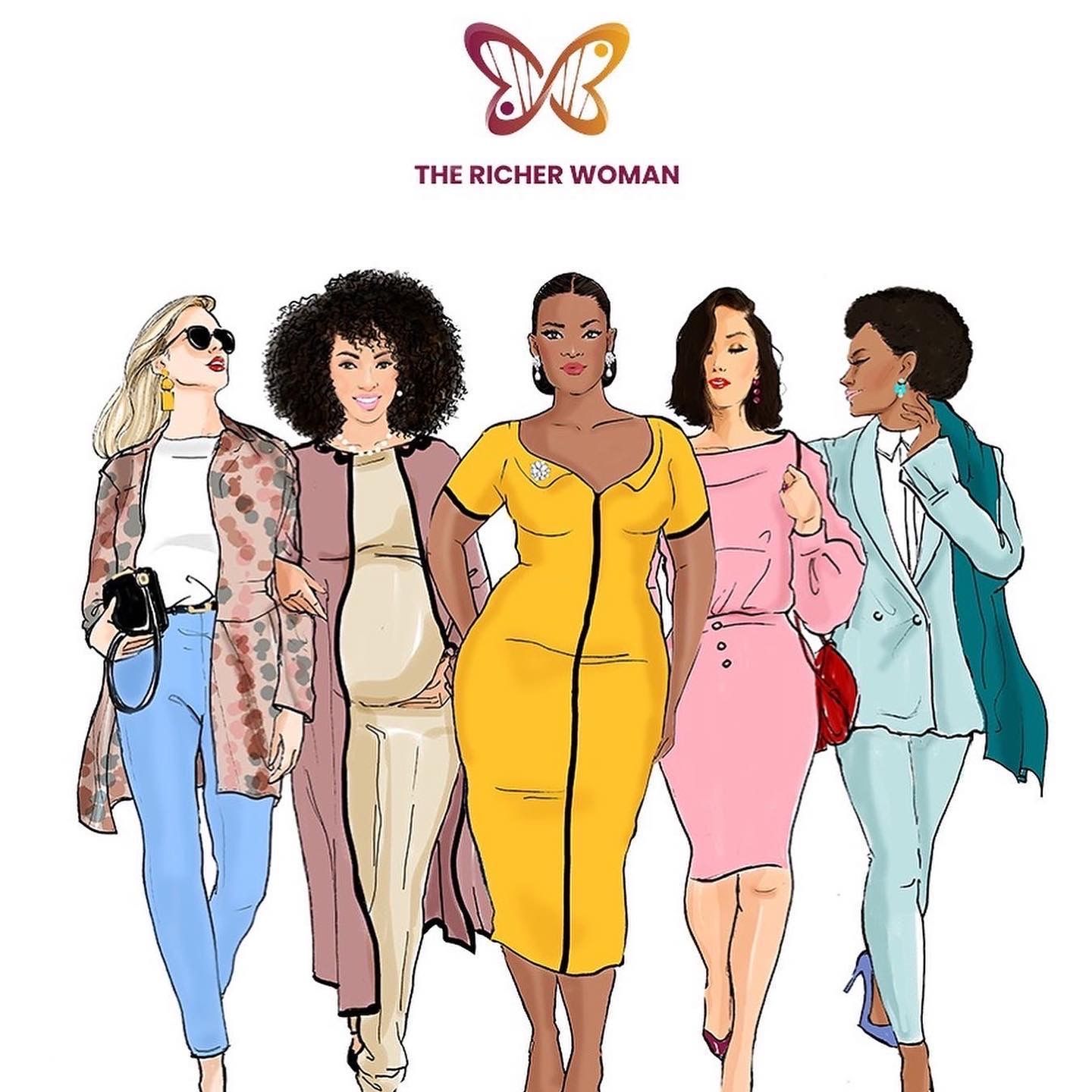
This brief was interesting to work on because the Founder wanted to move The Richer Woman from being a personal brand to a corporate brand. So we had to basically start from scratch in defining the core elements of the corporate brand, and developing the brand and communications strategy.
I’m going to share with you that process I went through in executing this brief. You can use the tips I’ll share to build a brand from scratch or turnaround around an existing brand that requires a refresh.
PS – It’s a long read but you’ll get some useful information 🙂
Do your research
I won’t advise you to embark on a brand refresh project without doing some research, This brand you want to build or rebuild does not exist in a vacuum. You need to understand the industry, local and global trends, the competitive landscape and the consumers. Doing this research for example will help you to identify the brand territory the brand can competitively occupy. I will talk more about this later. The key point here is that your research will form the foundation of your strategy session.

Conduct a strategy session
I’m a big advocate of having a strategy session with the owners and executives of the company you want to rebrand. You need everyone in alignment right from the start. You also need to listen to their perspective to understand the kind of brand they want to build. At the end of the day, you want to create a brand that is true to the vision they have.
Your strategy session should cover four main elements: the Business Framework, Brand Positioning, Brand Elements and Communication. I will provide more information on these elements next but if you’d like to have an in depth understanding, watch out for the next course in my Comms Simplified Series – The Brand Strategy Course. You can sign up here.

- The Business Framework
This is where you look at the internal and external environment of the brand that you are working with. In the case of The Richer Woman, this was personal finance. So, I had to look at the industry from a local and global perspective to find out what’s working or where gaps exist.
Similarly, I had to look at the ecosystem, again but local and global, to know who is doing what. You don’t want to create a brand that has a proposition that is an exact replica of an existing brand. Something must be unique about your brand.
Insights from all of this will lead you to articulate the corporate strategy which requires you to define the mission and the vision of the brand. If this is a brand refresh, this means the mission and vision may need to be revamped, based on how you want the brand to be positioned.
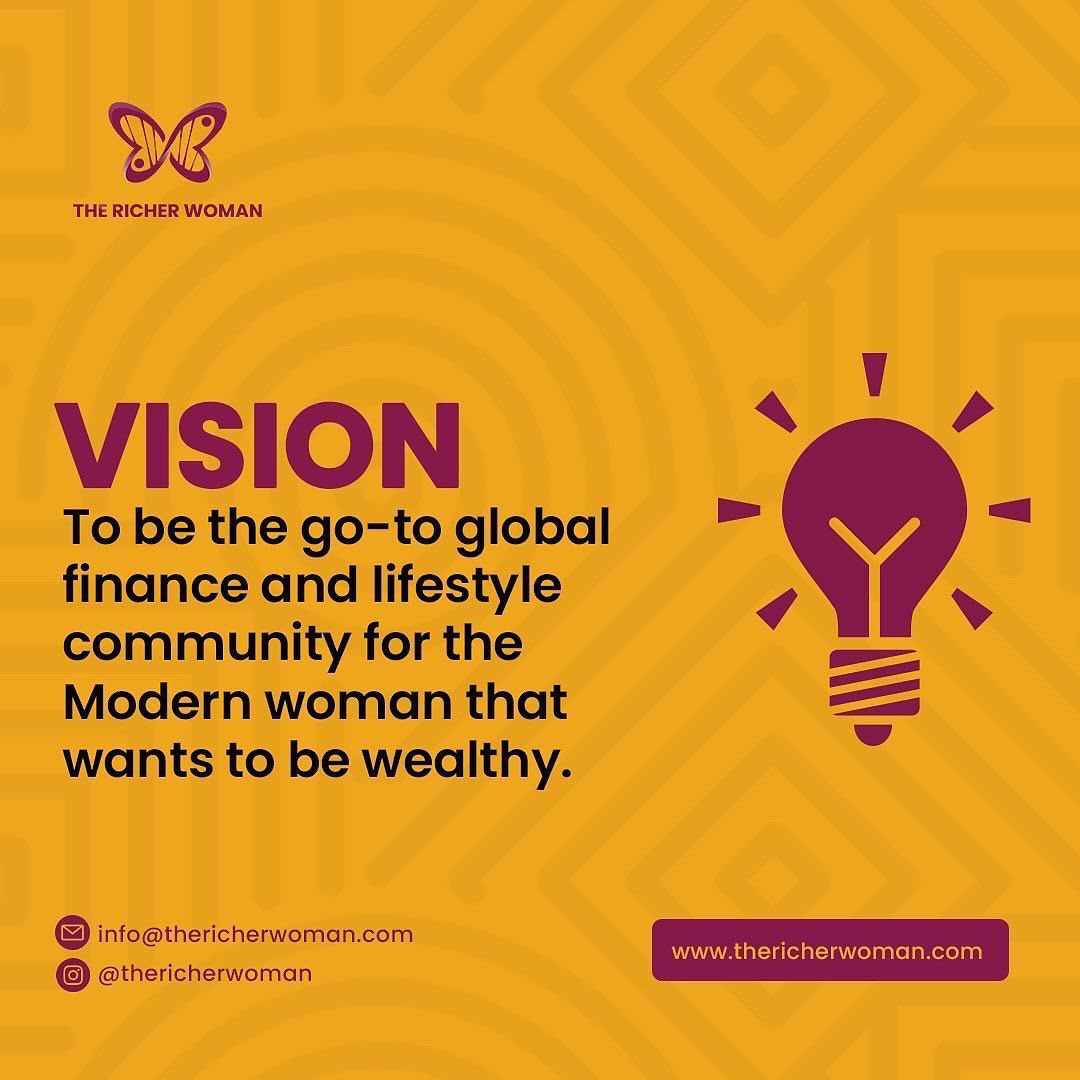
- Brand Positioning
This is perhaps one of the most important elements in this process. Getting your brand positioning wrong may invalidate all the hard work you’ve done. When considering the brand positioning, you have to define the purpose of the brand, the unique territory that the brand will occupy, the functional and emotional benefit of the brand for the target audience and the brand values. These are the critical pillars that will form your brand strategy as the diagram below indicates.
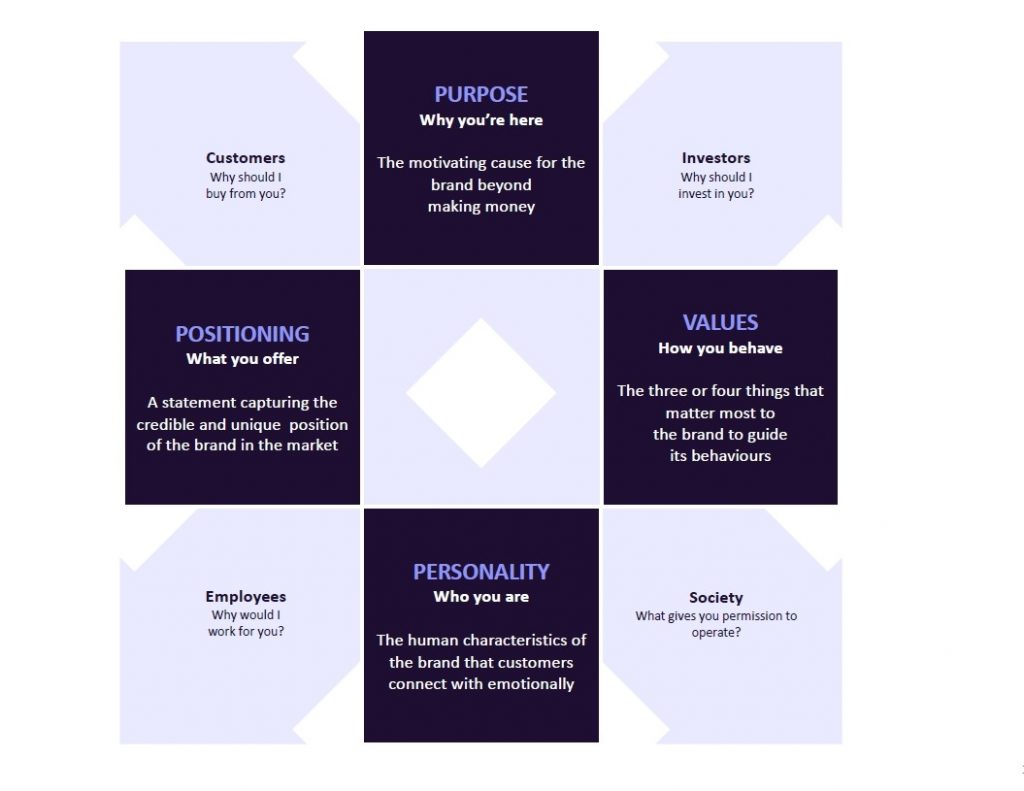
In the Brand Strategy Course, I will show you what you need to do to get this right for any brand – new or existing. But I want you to know this – spend time ensuring this is well articulated and is also aligned with what the owners of the brand want to achieve.

For The Richer Woman brand, we chose a unique positioning that reflected that gap the brand wanted to fill in the industry.
- Brand Elements
Once you’ve correctly defined the brand positioning, you will find it easy to develop the key elements of the brand. This includes the brand motivation, personality, look and feel (logo + tone). These elements are quite related and when done properly, it helps you to achieve a cohesive brand identity. Start with the brand motivation. What desire does the brand want to stir within its target consumer? You’ll find it helpful to use the Censydiam model for this.
The brand motivation will help you to define the brand personality. There must be an alignment within both. You cannot have a motivation that speaks of adventure and a personality that is serious. That won’t work. I hope you can also see how this affects the look and feel of the brand. If the personality is serious, the logo or colour palette cannot be playful looking, neither can the tone be comic.

I recommend that you use the Brand Archetype Wheel to correctly define the personality of your brand. Once you do this, you can then define the colour and conceptualise the logo. Again, the colour needs to be aligned with the other brand elements. The final part will require you to define how the brand will speak across all touch points. Will it be warm, stern or joyful?
Please note that it is not your job to create the visual assets such as the logo but you must be able to give the creative designer the right direction.
- Communications
This is where you do your audience segmentation and your channel mapping. I provide details about this in the Brand Strategy Course but what you need to know is, ‘Who is this brand targeted at?’ You’ll need to create the user persona as well as the customer journey map. This will help you to visualise how your target consumer(s) will interact with the brand and what type of communication will be relevant to them at each point of the customer journey.
For The Richer Woman, we identified five personas that tie into the different kind of consumers that the brand wants to serve.
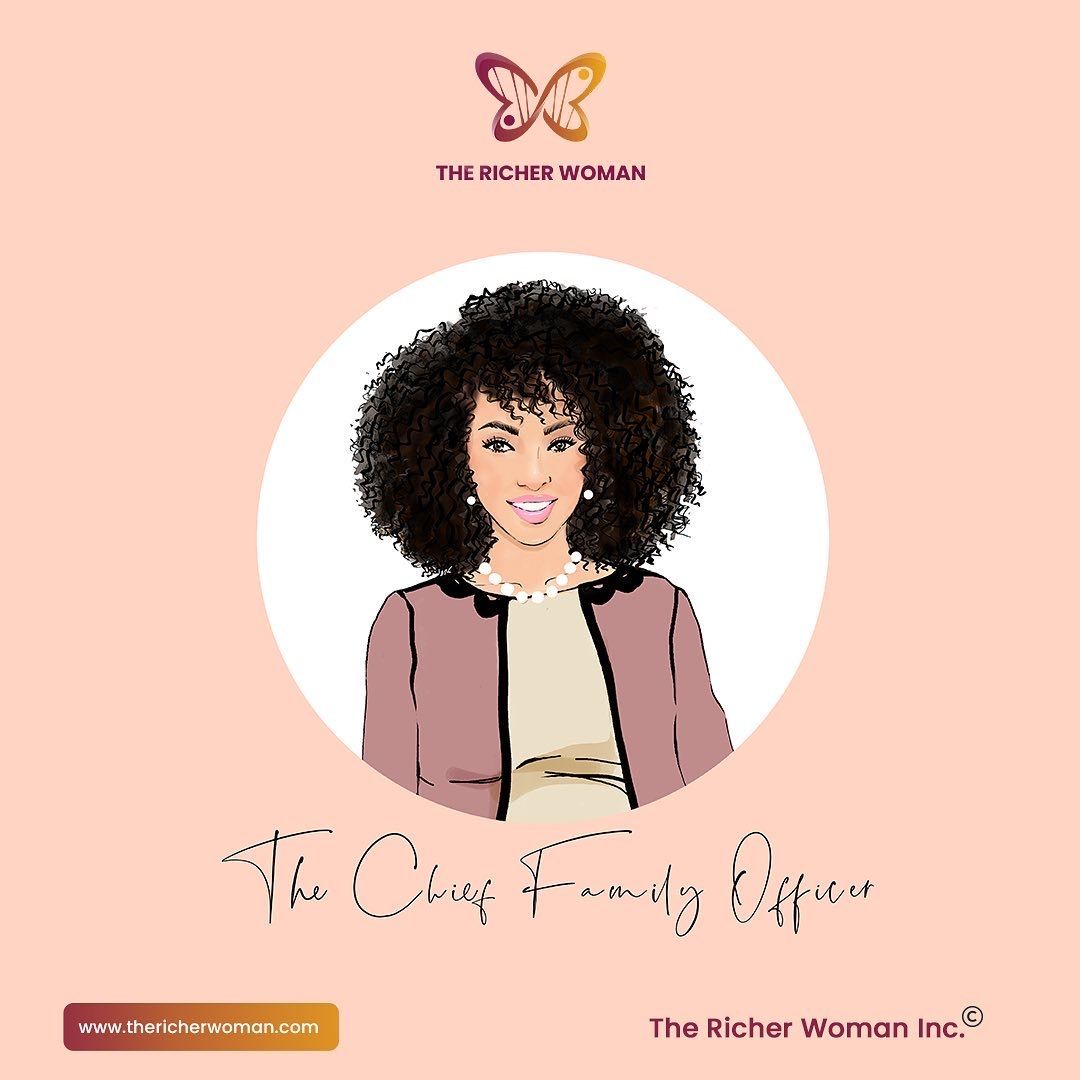
Your channel mapping will help you to know which channels you need to focus on. There is no need to include Tik-Tok in your communications strategy if that is not a channel that is relevant to your audience.

While this section of your brand strategy is not a full-blown communications strategy, it will help you whenever you need to create a short or long term communications strategy.
Put together the Brand Strategy Document
Once you have all of the key elements discussed above, you can then put together the brand strategy document. It’s best to start with a draft that gives your executives or clients options for the mission/ vision or brand positioning statement for example.

When everyone is aligned with the content of the draft document, you can then create the final brand strategy document which will include the brand story. The brand story will weave together all the important elements to tell a compelling narrative about the brand.
I should add that it is important for all employees and executives to have a session where they can get familiar with the final brand strategy document. Everyone needs to be aligned so that they can represent the brand properly in their roles, internally and externally.
Send out the creative briefs
This is the part I think I love just a bit too much! Seeing the strategy come to life. Of course you won’t be responsible for designing the visual assets for the brand but you need to write a proper creative brief for the people who will do that. I usually recommend sending them the brand strategy document so that they can understand the story and journey of the brand.
You’ll need to write creative briefs to the person designing the logo and brand identity, as well as the person who will create the website and other brand assets.
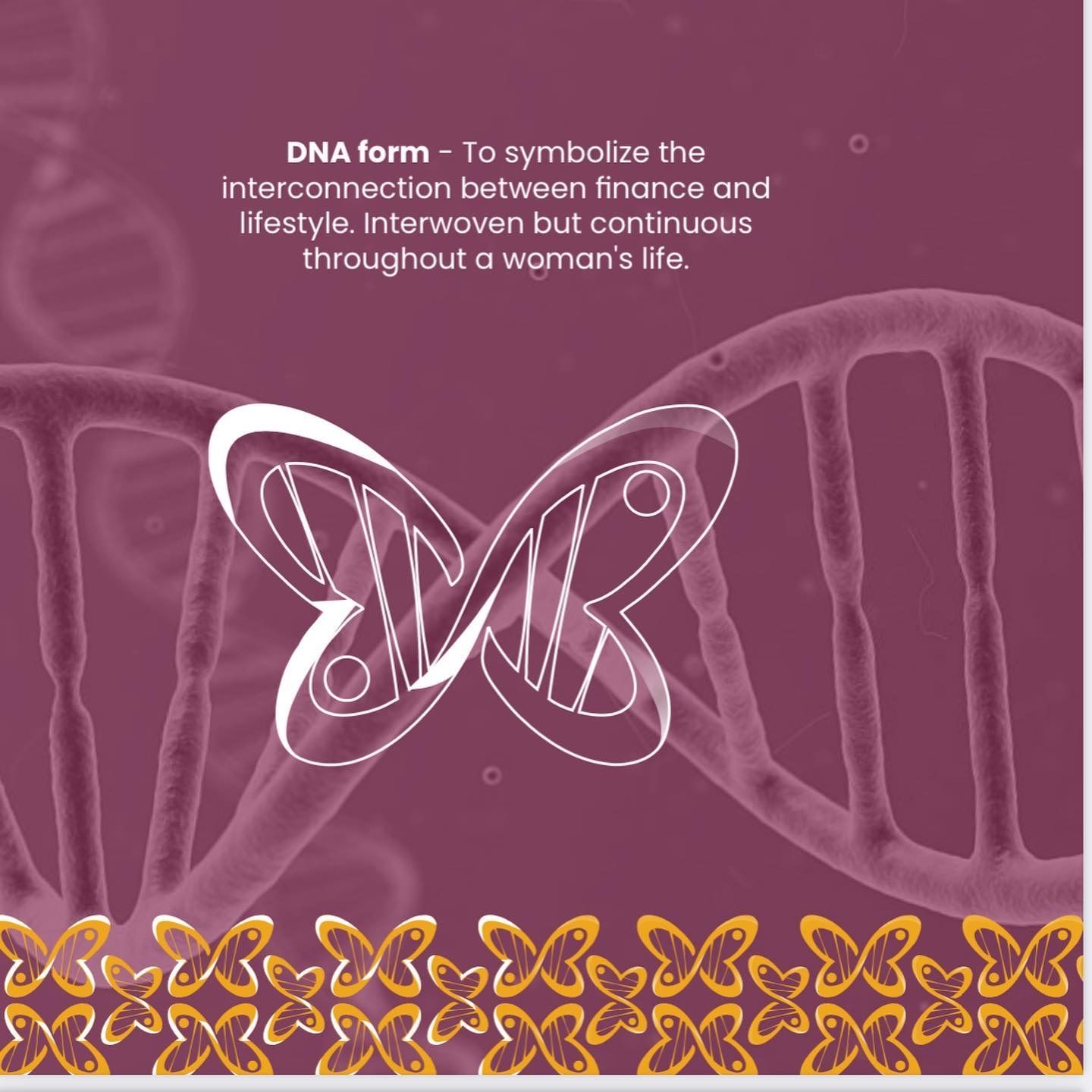
For The Richer Woman brand, the creative brief was based on the elements outlined in the logo. It covered:
- What the brand represents.
- The idea behind the logo.
- The colour palette we had chosen.
- What we wanted the brand to convey.
It’s important not to create a rigid creative brief because you want to give room for the person to creatively express what has been outlined in the brand strategy document.
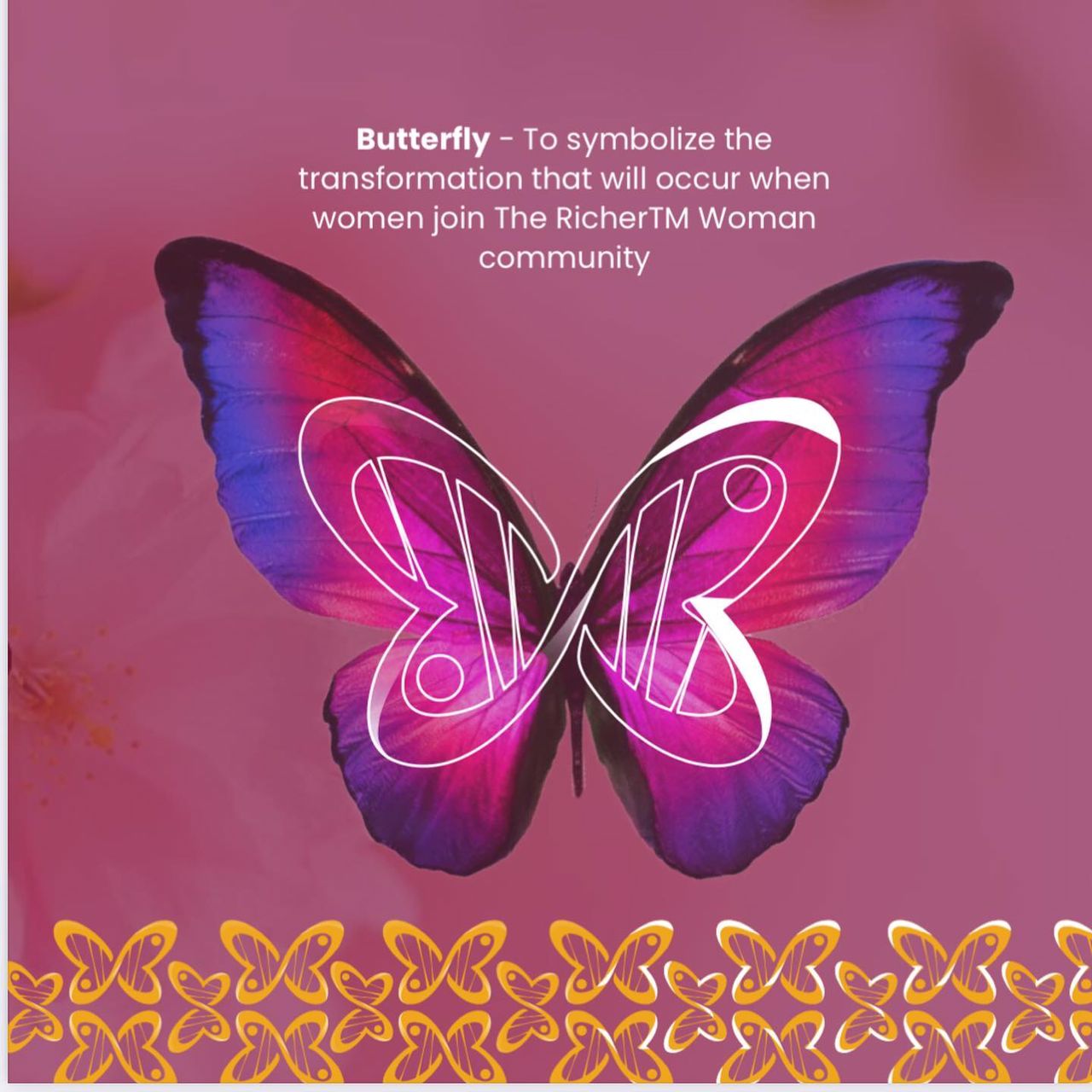
For example, The Richer Woman logo had two key elements the designer had to work with. But he had the creative freedom to incorporate those elements as he thought best.
Preparing for the Brand Launch
Now that you’ve done the brand strategy and it has come to life visually, the next step is the launch. There are many ways this can go depending on the objective you want to achieve and the budget. What you need to bear in mind that the launch must be well coordinated and memorable.

There should also be some sort of call to action that keeps people engaged after they have interacted with the new brand. You shouldn’t make you announcement and everything dies there. What comes next? What do people need to do? For The Richer Woman brand it was a launch video with a campaign and a call to action to join the community that was already active by the time of the launch.
Spend time thinking about the most impactful way to launch the brand. It will tie everything together nicely.
I know this was a long read but I hope you’ll find it useful whethere you’re a comms person that needs to work on a brand strategy or you need to carry out a brand refresh. If you are building a startup, you can also use this to create your brand strategy.
Remember, if you want step by step guidance on this topic and a brand strategy template you can easily adapt for your use, sign up for The Brand Strategy Course.

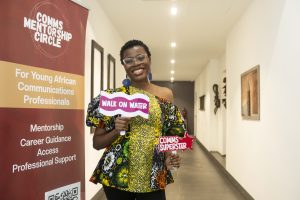
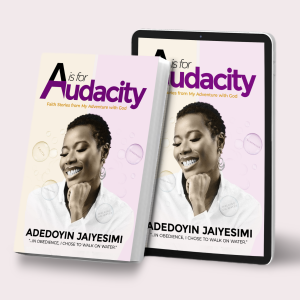

4 Responses
This was indeed a beautiful/good read! Yes, It was Long! But I was too glued to the impact it was making. It’s really simple especially for someone who may have never seen branding as an easy task! I enjoyed every piece and got insights on the brand I am creating.
Thanks for sharing Jaiyesimi
You’re welcome, Blessing.
Thank you, Adedoyin for this. You always know how to simplify these communication processes for those of us in the early stage of this career to thrive. This was highly useful!
Thank you, again.
Thank you, Lizzy. I’m glad you found it useful.